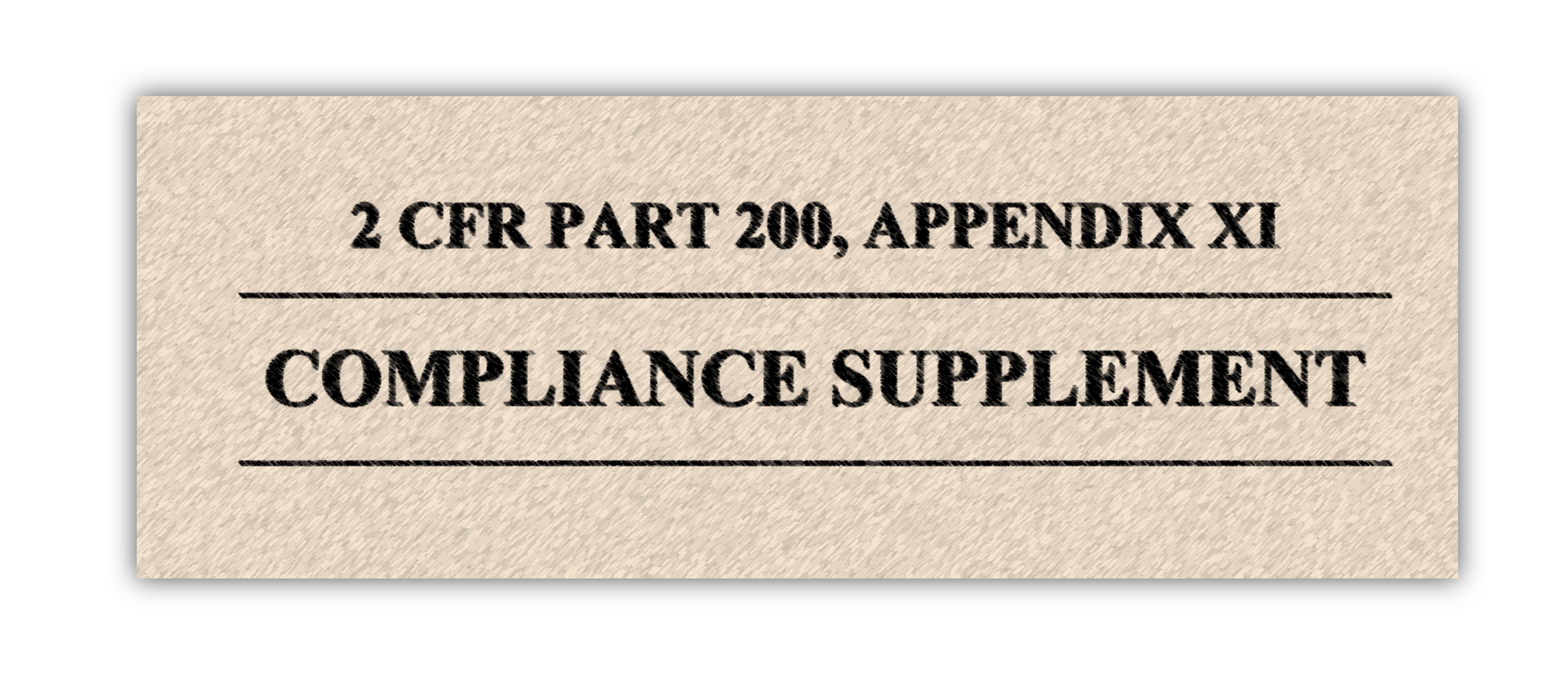What the “One Big Beautiful Bill Act” Means for Federal Grantees and Contractors
An Analysis of the FY25 Budget Reconciliation Package
The passage of the One Big Beautiful Bill Act marks a seismic shift in federal priorities—one that carries both risks and rewards for organizations working with the federal government. At nearly 1,000 pages, this sweeping legislation simultaneously tightens spending in several progressive initiatives while unlocking long-term funding for agriculture, defense, infrastructure, and compliance-heavy programs.
Award Advisors has reviewed the bill in detail to provide targeted insights for federal grantees and government contractors. Whether you're managing multi-year awards, seeking new opportunities, or adjusting to policy changes, this breakdown will help you plan accordingly.
What's Being Cut: Major Rescissions and Deprioritizations
Environmental & Climate Programs See Deep Cuts
The most significant immediate impact is the massive rescission of unobligated balances from prior appropriations—especially from environmental and climate-related initiatives. These include:
- Greenhouse Gas Reduction Fund
- Clean heavy-duty vehicles
- Low-emissions electricity
- Environmental Justice block grants
- Public Wireless Innovation Fund
- Methane reduction incentives
- Section 211(o) Clean Air Act funds
This effectively dismantles core programs from the Inflation Reduction Act and Bipartisan Infrastructure Law that many grantees had come to rely on.
Implication for Grantees: Nonprofits, state and local governments, and academic institutions engaged in decarbonization, air quality, or low-income environmental justice work will find fewer opportunities—and may face the clawback of unobligated prior awards.
Implication for Contractors: Clean energy OEMs, infrastructure firms, and tech companies building EV infrastructure or carbon capture solutions may need to pivot to new verticals. Alternative funding or commercialization models will become necessary.
Where the Money Is: Opportunities Worth Chasing
Agriculture & Rural America Get a Boost
A multi-year commitment to core USDA programs signals a favorable environment for rural America:
- $3.25B/year through 2031 for EQIP, CSP, and other conservation programs.
- $450M/year for the Regional Conservation Partnership Program.
- Crop insurance improvements for beginning farmers, specialty crops, and poultry operations.
- Expanded disaster relief for livestock loss, honeybee colonies, and farm-raised fish.
- Enhancements to the Dairy Margin Coverage, Sugar Program, and Marketing Loans.
Implication for Grantees: Nonprofits managing cooperative extension, rural economic development, conservation partnerships, and land management programs will see a resurgence in funding.
Implication for Contractors: Engineering firms, crop insurers, precision agriculture tech developers, and construction contractors supporting USDA field projects are likely to benefit from predictable, inflation-adjusted funding increases.
Defense Spending Expands Across the Board
This bill represents a massive reinvestment in Department of Defense priorities. Key investment areas include:
- Cybersecurity modernization
- Low-cost weapon scaling & missile defense
- Nuclear modernization & Indo-Pacific command readiness
- Supply chain resiliency for munitions and critical minerals
- Military construction & border operations
Implication for Contractors: Contractors in cybersecurity, AI modeling, manufacturing, munitions, and logistics should prepare for high-volume solicitations and multi-year procurement tracks. If you haven’t explored DoD vendor onboarding, now is the time.
Implication for Grantees: Educational and nonprofit institutions specializing in STEM training, veteran support, or supply chain innovation can carve out specialized roles in public-private partnerships, especially through workforce development funds.
Other Regulatory & Programmatic Reforms Grantees Must Track
SNAP and Medicaid Tighten Eligibility & Cost Sharing
Key reforms include:
- Lower federal administrative match for SNAP (drops from 50% to 25% by FY2027)
- Stricter work requirements and narrower utility deductions
- Medicaid payment reduction rules and redetermination mandates
- Prohibitions on duplicate enrollments and deceased beneficiaries
Implication: Grantee organizations delivering outreach, eligibility assistance, or benefits counseling will need to upgrade systems, retrain staff, and budget for more intense reporting and compliance protocols. Many will need to supplement lost admin revenue.
Grants Move Toward “Payment for Performance”
- Performance-based cost share models are expanding beyond SNAP:
- States with higher SNAP error rates will now shoulder more cost.
- Rural program waivers expire in 2028, making long-term efficiency plans essential.
Implication: Grant writers must now include strong performance management metrics. States and subrecipients will increasingly seek tools that integrate audit trails, compliance dashboards, and automated reporting.
Emerging Verticals: AI, Aerospace, Infrastructure
Federal AI & Broadband Tech Receive New Support
The bill includes a unique provision allowing AI integration under the Broadband Equity, Access, and Deployment (BEAD) Program.
Implication for Contractors: Developers of AI infrastructure, rural broadband tools, and network management systems have a new federal entry point. Stay alert for upcoming NTIA or FCC program guidance.
Artemis, Coast Guard, FAA Also Get Notable Increases
The Act commits funds to:
- NASA’s Artemis and Moon-to-Mars programs
- Air traffic control modernization
- Coast Guard fleet and mission readiness
Implication: Contractors in aerospace, autonomous aviation, and launch logistics should re-engage federal procurement contacts. These line items point to long-term pipeline health in space-related R&D and satellite launch services.
Next Steps
This Act is a realignment—not just of funding but of federal philosophy. It rewards compliance-driven, outcome-focused organizations while pulling back from ideologically driven subsidies and discretionary pilots.
Grantee Strategy:
- Double down on core competencies in agriculture, health access, disaster resilience, and workforce development.
- Invest in compliance readiness: reporting systems, internal audits, and real-time dashboards will be key.
- Re-evaluate all programs tied to IRA or climate funding and prepare contingency plans.
Contractor Strategy:
- Shift toward defense, agriculture, and broadband modernization.
- Get ahead of DoD multi-year plans by watching early acquisition forecasts.
- Prepare for increased AI integration mandates in federal contracts.
Ready to Navigate the Shift?
Award Advisors stands ready to support your organization with:
- Strategic grant and contract roadmapping
- Mock audits and risk assessments
- Real-time compliance tracking tools
- Application development and forecasting
To learn more, contact us today.



